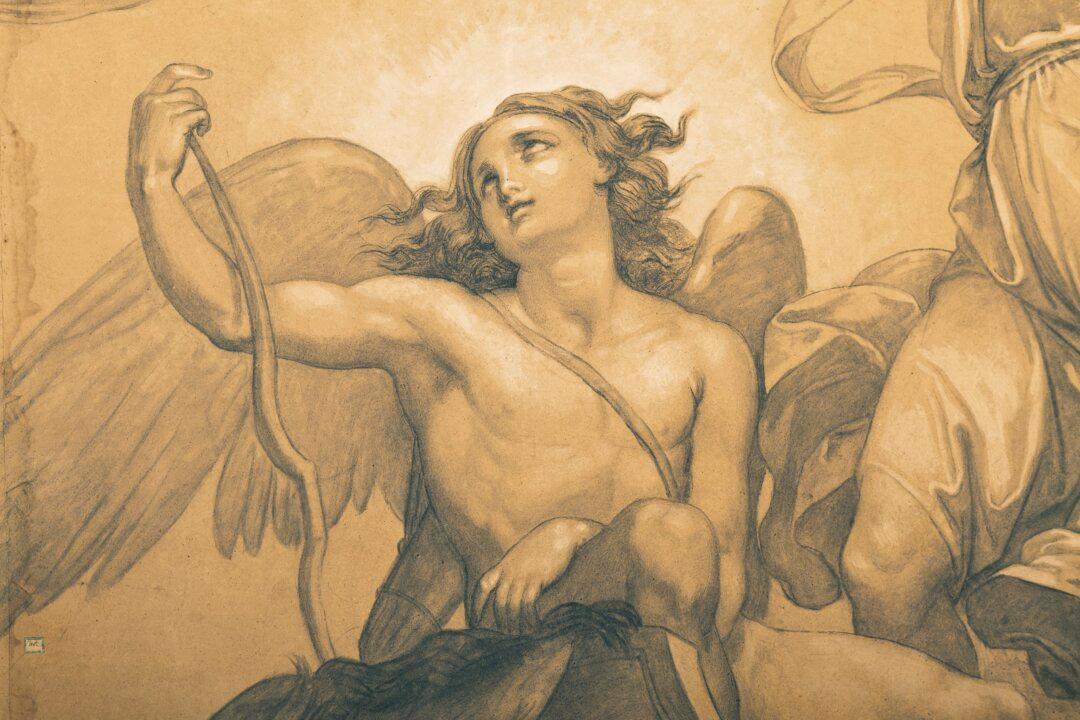NEW YORK—All we need is love, the saying goes, but what happens when the reins of love are taken over by folly? Considering our fallibility as human beings, we need reminders to stay on course. We need encouragement to keep a steady grip on the reins of our own consciences. Perhaps that is what Marchese Carlo Gerini had in mind in the spring of 1848 when he commissioned Giuseppe Bezzuoli (1784–1855) to paint the allegory “Folly Driving the Chariot of Love” on the ceiling of his palace in Florence.
“It was possibly done in the occasion of a marriage,” said Furio Rinaldi, the old master drawings specialist at Christie’s in New York.
The monumental cartoon drawing that Bezzuoli created in preparation for the fresco ceiling will be sold at auction at Christie’s “Old Master & British Drawings” sale on Jan. 30.






